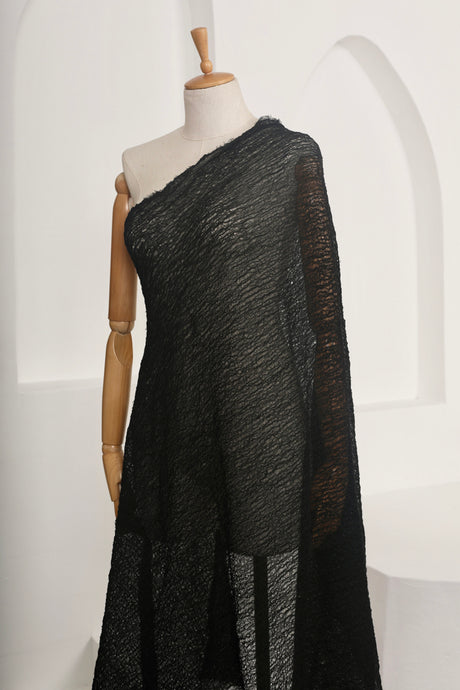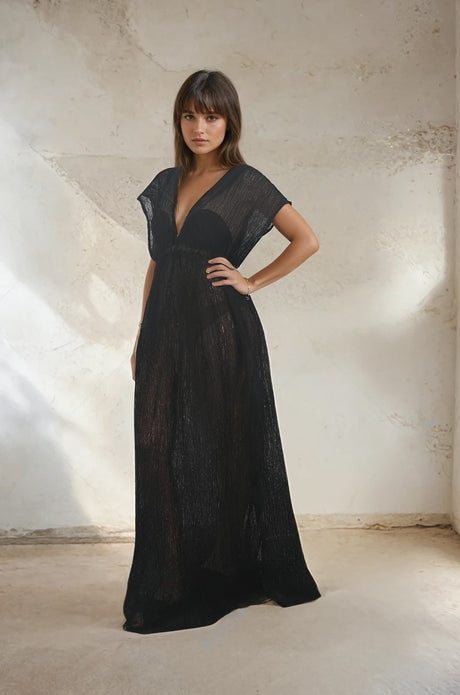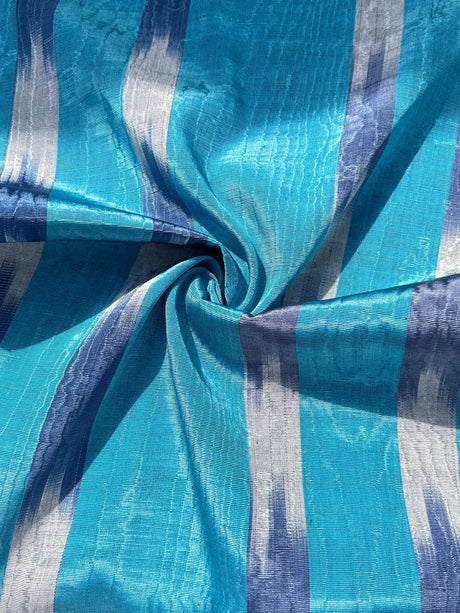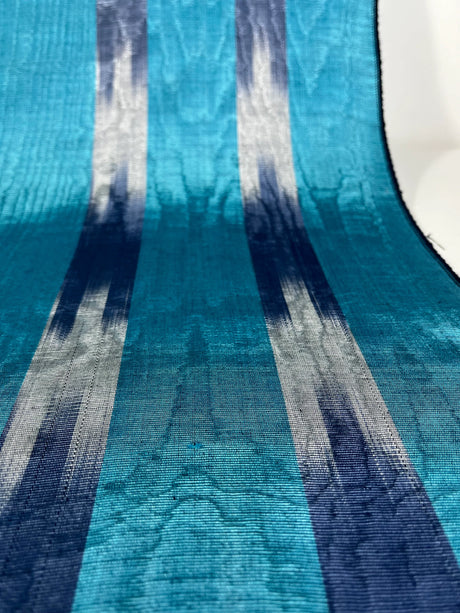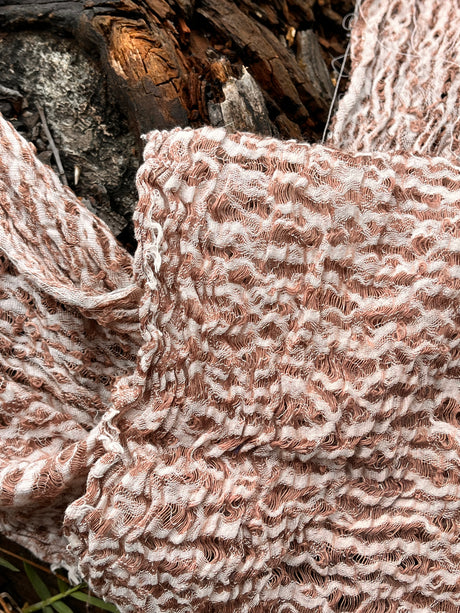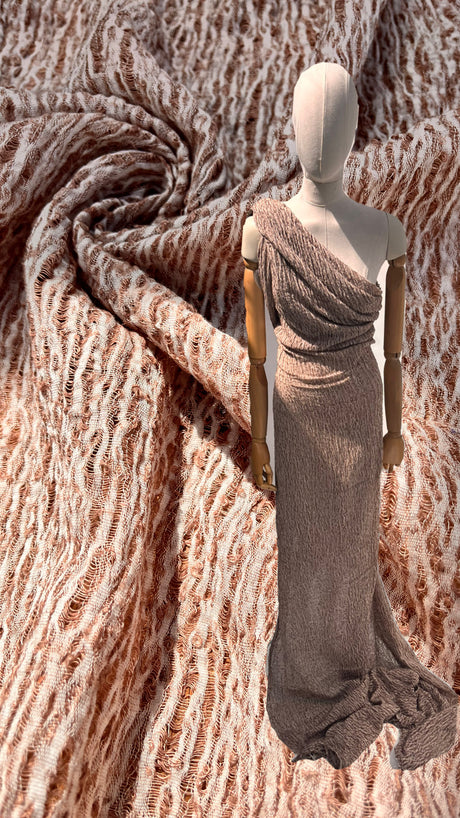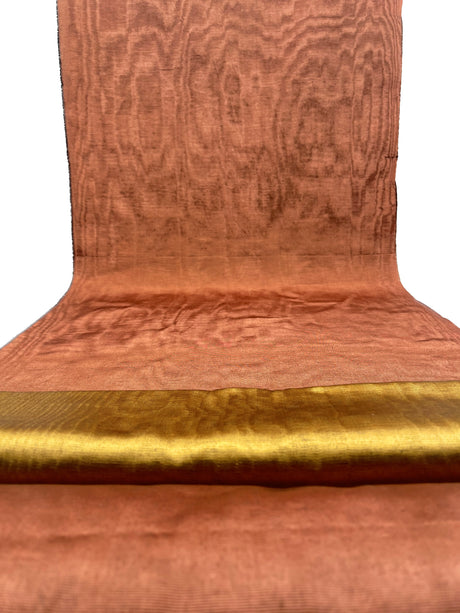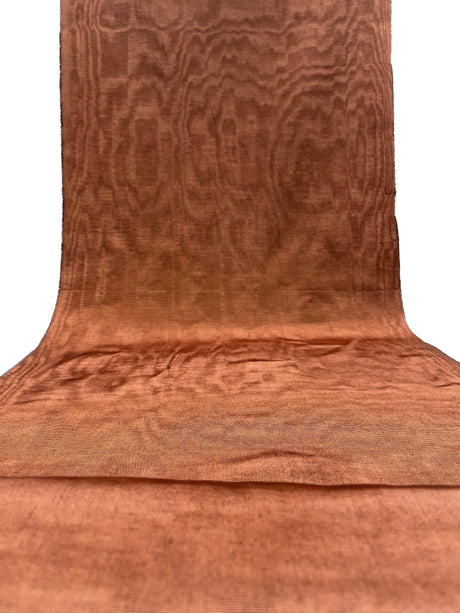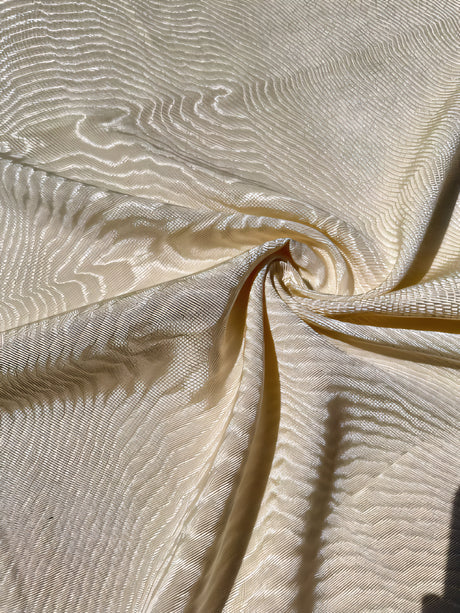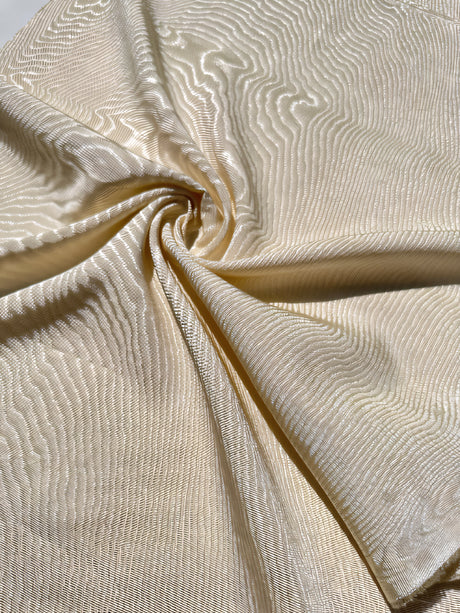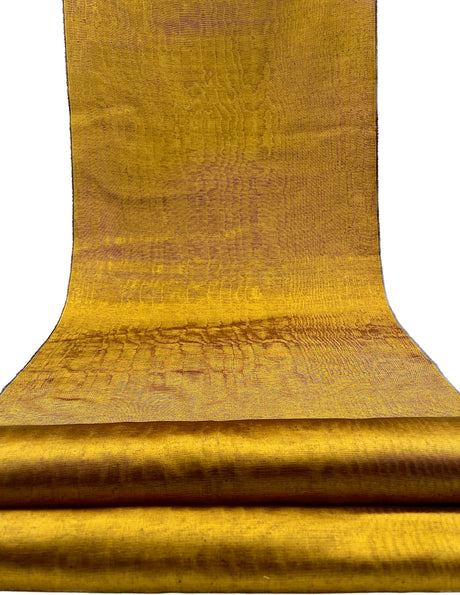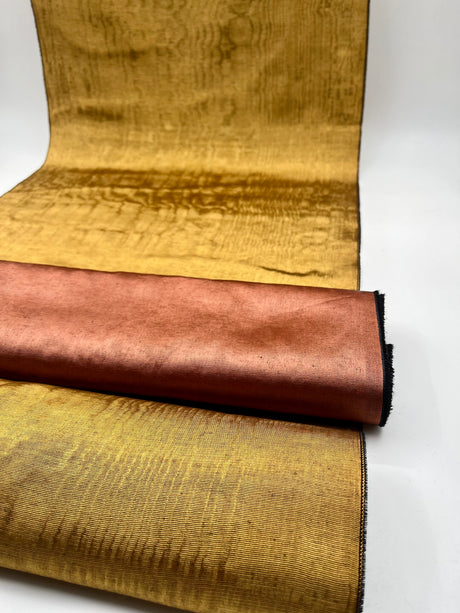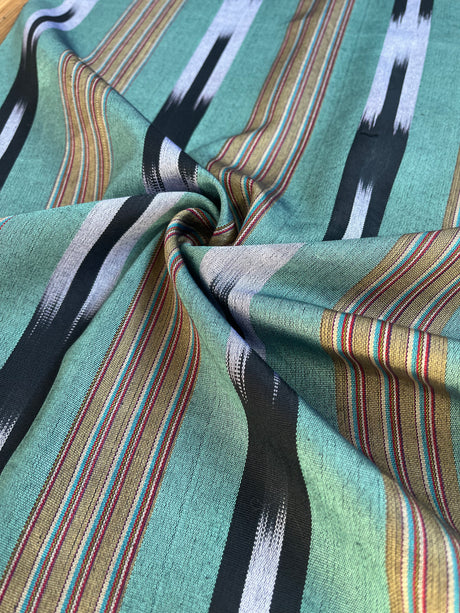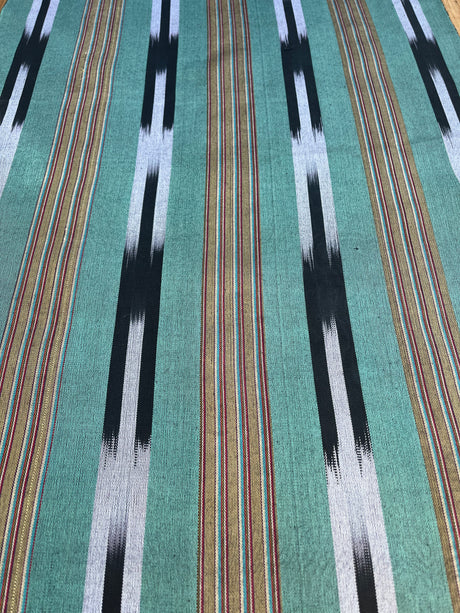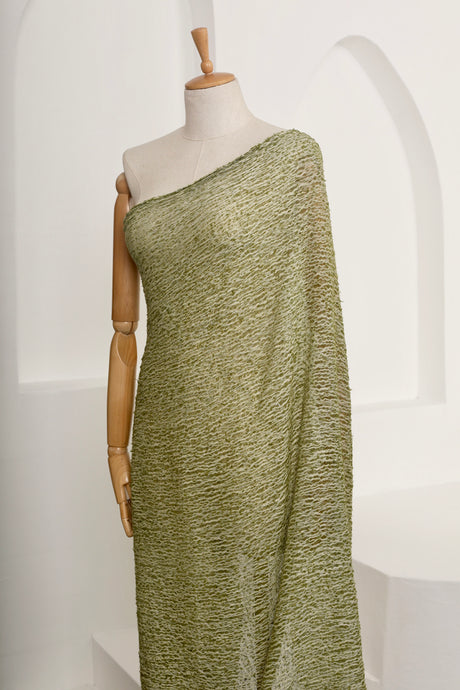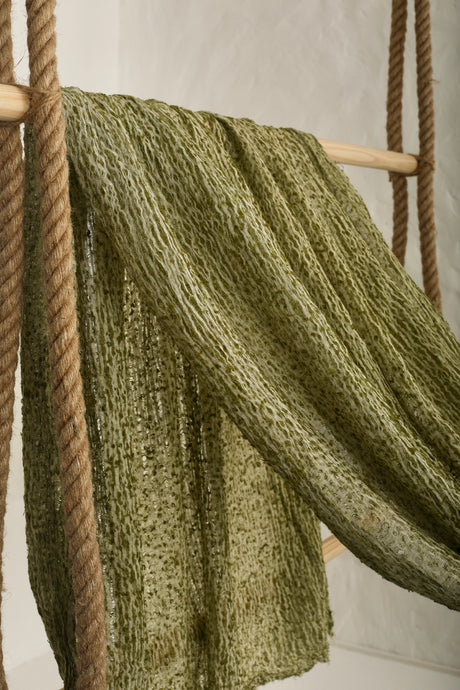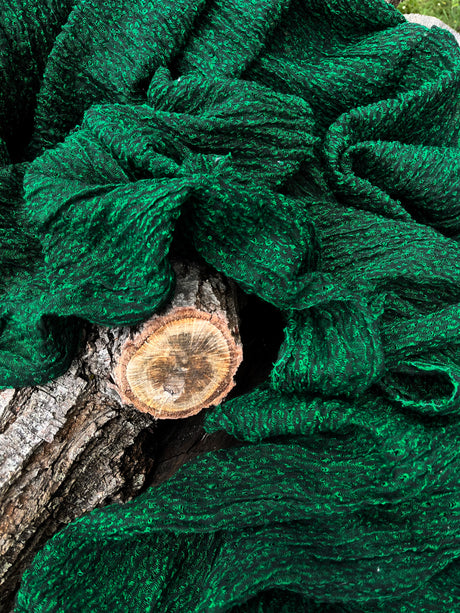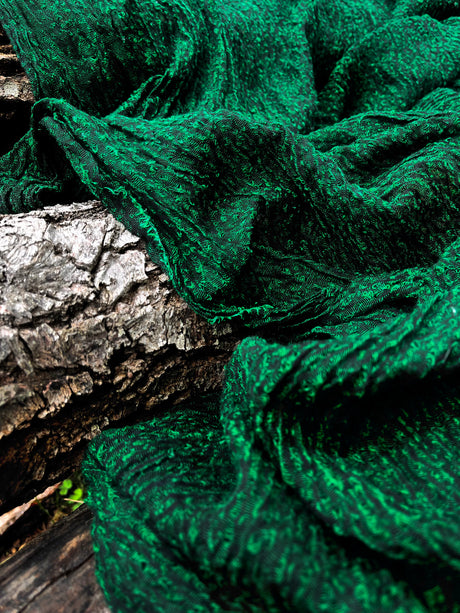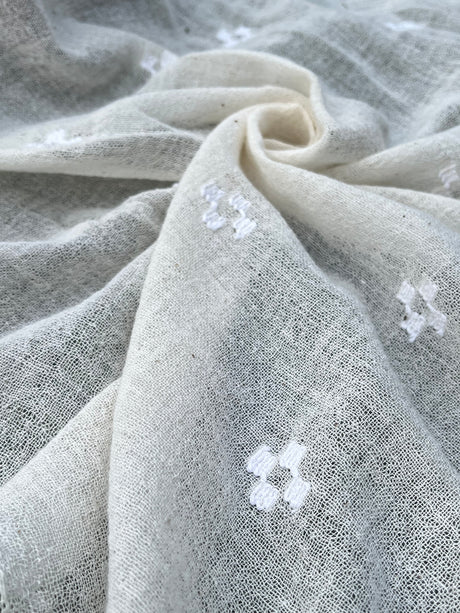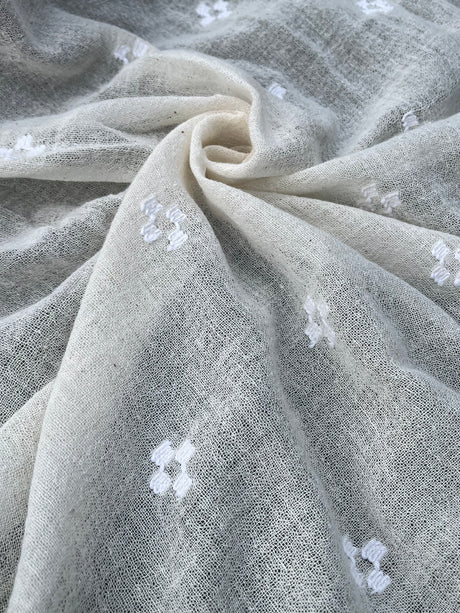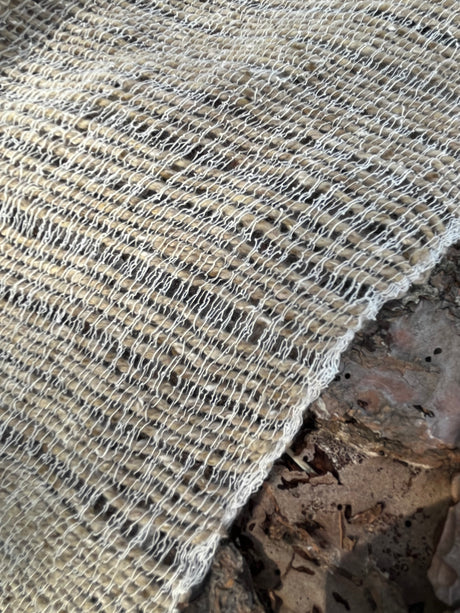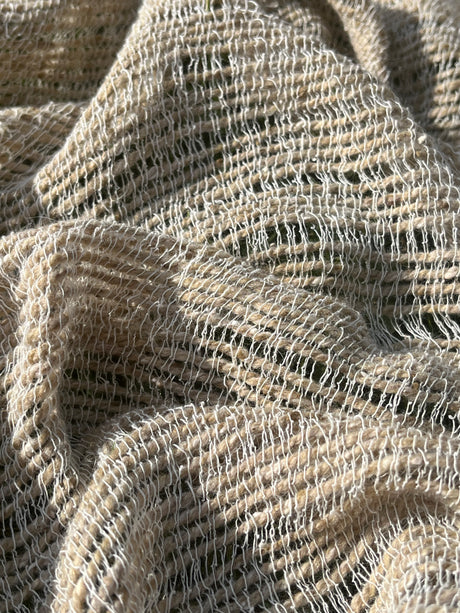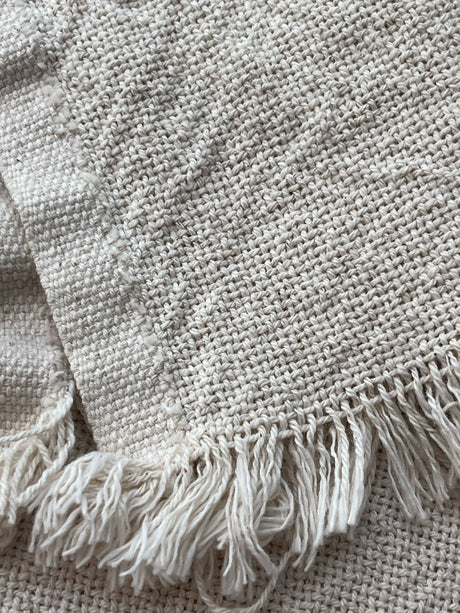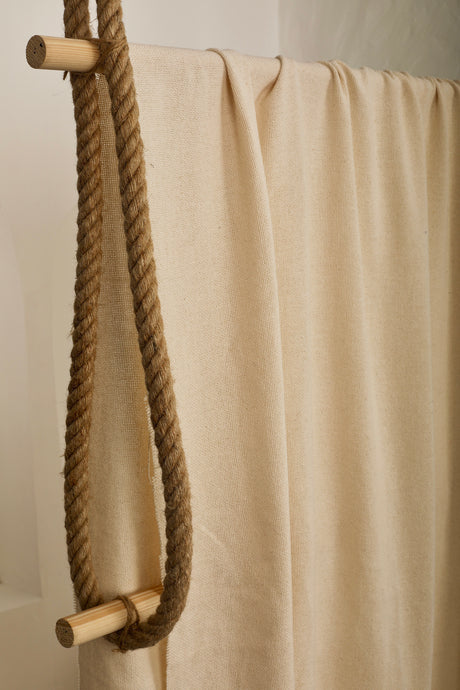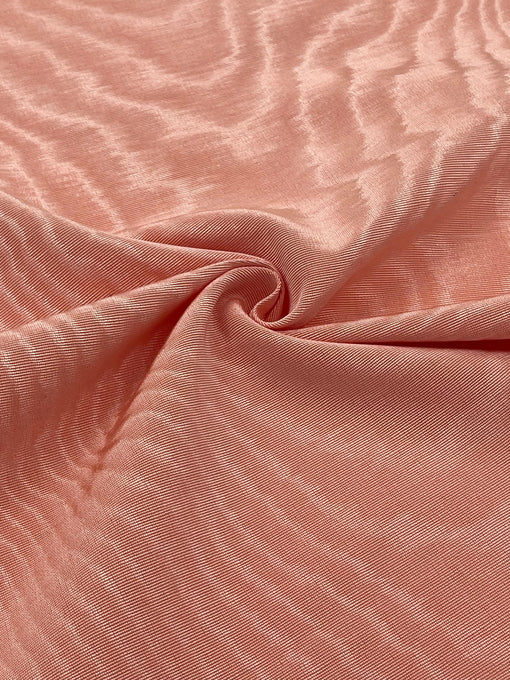
- Article publié sur le site:
- Auteur de l'article: Yasemen İnan
- Étiquette de l'article: decorative_fabrics
- Les commentaires sur les articles comptent: 0
Menu du tiroir
We provide FREE SHIPPING with DHL Express promising delivery within 3-5 business days for 100 USD and above orders. Mastercard, Maestro,Visa Cards Are Valid For Payment-Secured By Iyzico Payment System.
We provide FREE SHIPPING with DHL Express promising delivery within 3-5 business days for 100 USD and above orders. Mastercard, Maestro,Visa Cards Are Valid For Payment-Secured By Iyzico Payment System.
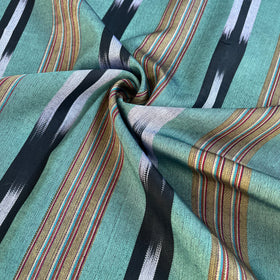
This website uses cookies to ensure you get the best experience on your device

Bürümcük Fabric (Crimped, Crinkle, Wrinkled) Overview
Crinkle natural cotton is a type of cotton fabric that features a wrinkled or crinkled texture, often created through a special weaving or finishing process. This texture gives it a relaxed and casual appearance. "Bürümcük" ( traditional Turkish name) is a type of fabric woven from twisted raw silk during the Ottoman period. Various types of bürümcük are recorded in the 1640 Narh Defteri, while between 1926 and 1935, the use of bürümcük aprons in schools across Anatolia became widespread due to the encouragement of General Kazım Dirik, the Governor of İzmir. This practice continued until 1950.
Production Regions
Bürümcük is produced in various regions, including Konya, Denizli-Buldan, and İzmir and production continues today. Bursa, Denizli, Istanbul, and Damascus were significant production centers during the Ottoman period. These areas have also developed a variety of wholesale fabric options, catering to different needs including outdoor fabric and quilting fabric.
Fabric Characteristics
Bürümcük fabrics are made from natural fibers, including cotton fabric, silk, and linen. They are generally thin, lightweight, and excellent at moisture transfer. While they do not cling to the body, their fine structure may show some transparency. They acquire their characteristic crinkled texture when washed with hot, soapy water, similar to other knitted fabric types.
Where is it Used?
Bürümcük is used in many applications, including undergarments, shirts, and bed linens. Traditionally, bürümcük fabrics are woven in white and cream colors, noted for their crinkled appearance. You can often find them at a natural fabric stores where a variety of eco-friendly fabric options are also available for those seeking sustainable choices. It’s commonly used for:
Alternative Fabrics
Today, rashel fabrics have become popular as alternatives to bürümcük fabrics. They provide similar qualities and can be used in a range of projects, from fashion to home decor, making them a versatile addition to any fabric collection.
Is Turkey a Good Place for Natural Fabric Production?
Yes, Turkey is renowned for its high-quality natural fabric production. The country has a rich history of textile manufacturing, with access to excellent cotton, skilled artisans, and advanced production techniques. Turkish cotton is particularly well-regarded for its softness and durability, making it a popular choice in both local and international markets.
Why is Turkish Cotton One of the Highest Quality and Healthiest Fabrics?
Turkish cotton is highly regarded due to several factors:
Where Can I Find Suitable Natural Textured Fabrics for Sewing?
You don't need to travel all the way to Turkey to access these fabrics. We offer this service through our website, allowing you to order without needing to come here. Through our website, you can access nearly all types of these fabrics produced in various geographic regions of Turkey and place your orders.
Why should I buy this fabric from Anatolian Textures?
Our difference from other fabrics in the market is that we use entirely local production and only organic fibers. Additionally, we preserve the traditional characteristics of our fabrics while weaving, and we do not apply any chemical processes. We adhere to slow production principles during manufacturing; our fabrics are not woven as mass production. Although we modernize traditional weaving methods, we stay true to the core principles of these techniques. This is why the texture of our fabrics is more unique and pronounced, each having its own distinct character and story.




